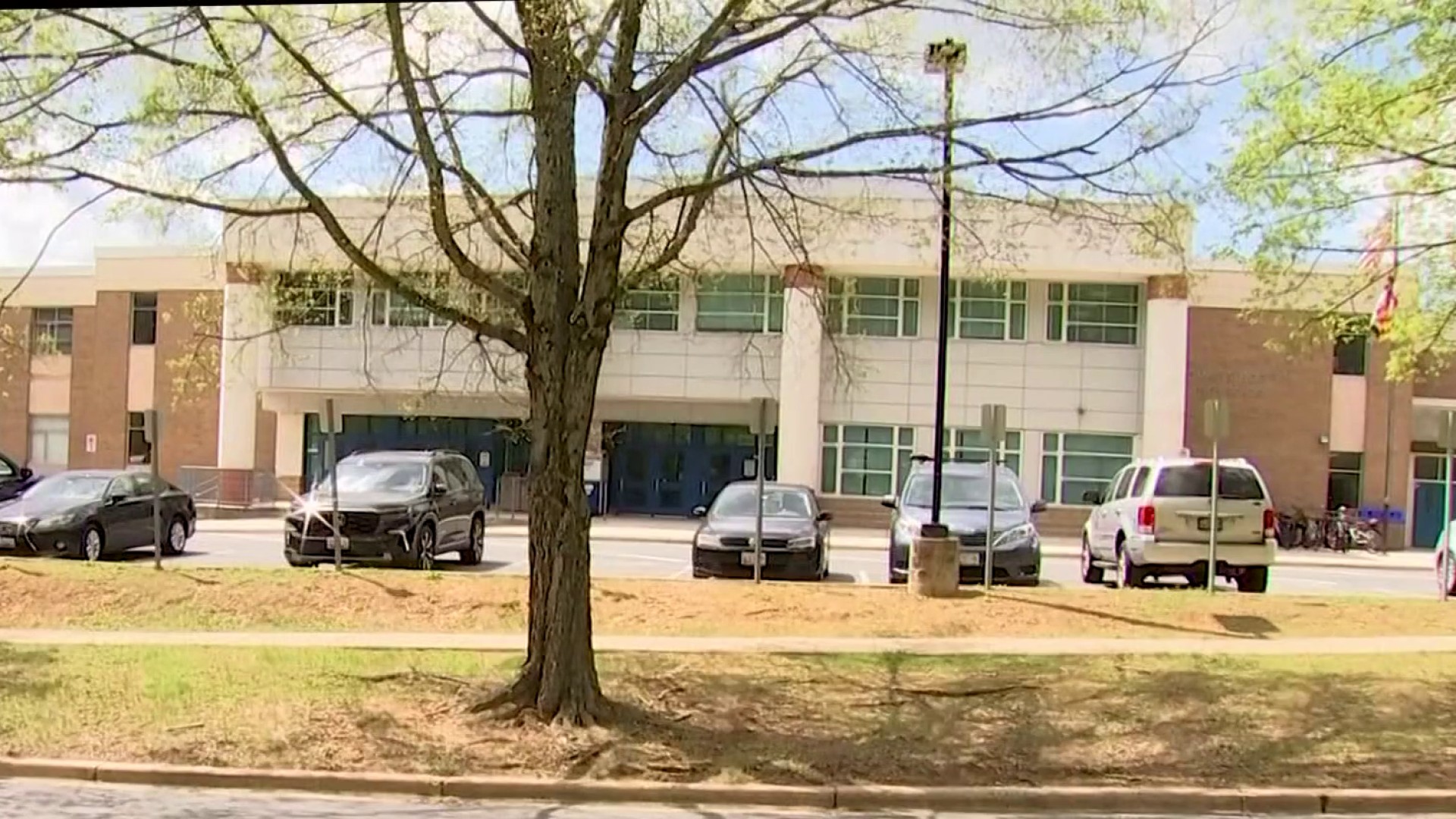Harry Jaffe, a longtime chronicler of the people and politics of Washington, D.C., writes an occasional column for NBC Washington's First Read DMV blog.
Mayor Muriel Bowser's old neighborhood was strung with yellow police tape Sunday night. If she hadn't moved a few months ago, she might have heard the gunshots that wounded a 93-year-old woman who lived on her block of Oglethorpe Street, in a northeast D.C. neighborhood.
In the same neighborhood, the day before, gunshots killed Marcellus Thomas, 22.
Police have no suspects for the shootings in the community where Bowser lived for 15 years. Another killer is on the loose in the nation’s capital, where getting away with murder is becoming the new normal.
Take Saturday night before last, when gunmen at a block party in an Anacostia neighborhood opened fire. They killed two men and wounded seven others, including an eight-year-old boy.
Once the news and mourning passed through our system, residents of the District were left with another grim reality: the killers were not apprehended.
"They are walking among us," said Phillip Pannell, a community activist who has begun counting the unsolved murders and crusading for justice.
Local
Washington, D.C., Maryland and Virginia local news, events and information
From 2011 to 2015, D.C.'s Metropolitan Police Department reported 567 homicides. On average, about 77 percent of the murder cases were "cleared" -- though, as we'll see, that doesn't mean someone served jail time for them.
Through Sept. 27, there have been 104 murders in D.C., according to the Metropolitan Police Department website. Of those, about half are still open cases.
Any way you look at it, the District of Columbia can be a good place to get away with murder.
Consider a quartet of brazen killings that have made the news of late.
There’s Seth Rich, the 27-year-old from Nebraska who was shot dead on a hot July night in Bloomingdale. The beloved staffer with the Democratic National Committee was a block from his apartment when gunmen shot him in the back and left him mortally wounded. They are at large.
How about Charnice Milton: A community journalist, she was shot and killed as she got off a bus in May 2015, by a bullet cops believe was meant for someone else. There were at least a dozen witnesses and video. No arrests.
For diplomatic intrigue, we have Mikhail Lesin, once a Kremlin insider who fell out of favor with Russian leader Vladmir Putin. D.C. police found him in late 2015 in a Dupont Circle hotel room, dead from a heart attack, they said. Four months later medical examiners concluded he’d died of blunt force injuries to his head. No arrests.
Two cases I have personally covered prove that one can get away with murder in D.C.
Robert Wone was found stabbed to death in August 2006, in a bedroom of a Logan Circle row house. A well-respected lawyer, he was sleeping over at a home where the three residents were present. Police found Wone tucked into a bed under a clean, white sheet, with three neat knife marks on his chest. No one was charged with the murder nor convicted of any crime.
Last May three members of the Savapoulos family and their housekeeper were tortured and killed in their Massachusetts Heights mansion. Prosecutors charged one person, Daron Wint, with carrying out the crimes. He’s in custody, but prosecutors have postponed hearings twice.
Prosecutors had said from the earliest days of the case that they believed Wint had help. In the affadavit for Wint's arrest warrant, a detective said that the crime "required the presence and assistance of more than one person."
Wint's next hearing is scheduled for Thursday. No one else has been arrested.
Why does it seem so easy to kill someone in the District and walk away?
Police will tout high "clearance" rates. According to the FBI, District cops cleared 80 percent of their murder cases or higher in the past five years, making the department one of the best in the nation. There is reason to doubt the numbers.
But clearance does not mean the killers were found, arrested and jailed.
"Hell, no," a retired cop told me.
Police "clear" a case when they make an arrest or identify a suspect. That does not mean that person was charged, convicted and served time. Prosecutors can decide not to prosecute, they might drop the case, or the alleged perpetrator might not get convicted. In many of those cleared cases the killers might remain at large.
Why are there so many murderers running around – like the Saturday night shooters in Anacostia or Seth Rich’s killers?
"Nobody trusts the police," a detective in the Logan Circle district tells me. "No one talks to us."
That’s especially true east of the Anacostia River, in police districts six and seven. Pannell, who’s assembled an exhibit of 143 unsolved murders in the District’s eastern wards since 2010, says residents believe they cannot talk to police without facing retribution from the killers.
"We have a community that's in collective fear of talking about the situation," he says. "They are afraid of getting killed, so they don’t say anything."
A patrol officer in the Seventh District adds: "Many of the surveillance cameras over here don’t work. And the community doesn’t trust us." (A police spokesman did not respond to a request for comment about the cameras.)
Police in Northwest neighborhoods have similar reactions.
The result?
"It emboldens the killers," Pannell said. "And people just become numb to it."
But there’s more than the propensity to avoid snitching that contributes to our high number of unsolved murders. I attribute it to the fear factor and the paucity of human intelligence. In rough communities where the majority of murders occur, residents fear bad guys more than they do the police. That balance of power has to shift.
Police can reverse that balance by increasing deployment of plain clothes vice squad officers. Assign more under cover cops. They can provide better intelligence to homicide detectives, and they can build the trust that residents require, before they cooperate with cops.
Once murderers realize they cannot be so brazen, the homicide rate will begin to fall, more killers will be brought to justice, and the fear in too many of our neighborhoods will begin to dissipate. At that point, getting away with murder in D.C. will not be so easy, in Mayor Bowser's old neighborhood – or her new one.
This story has been updated from an earlier version.



